Embed presentation
Downloaded 21 times
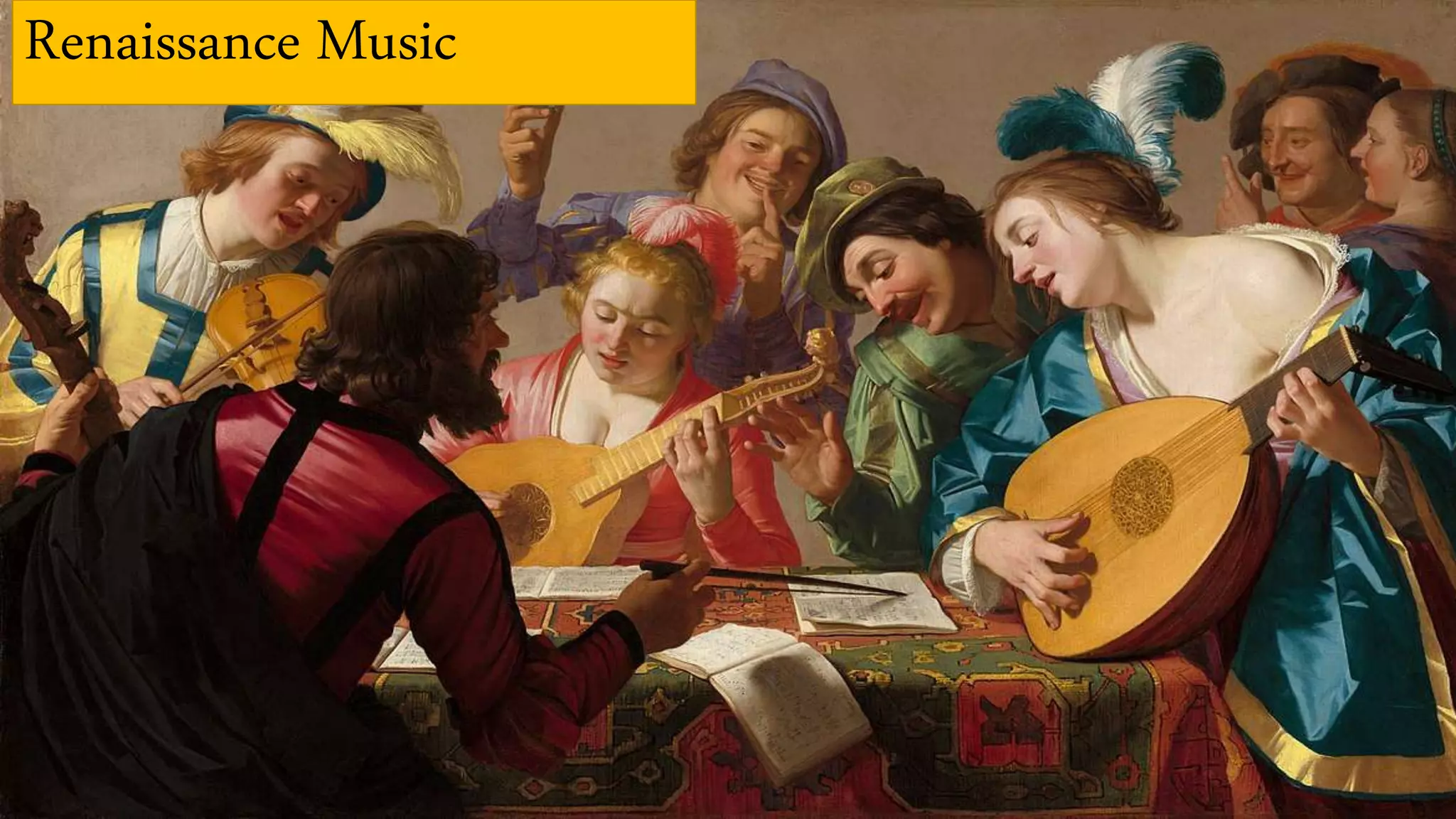

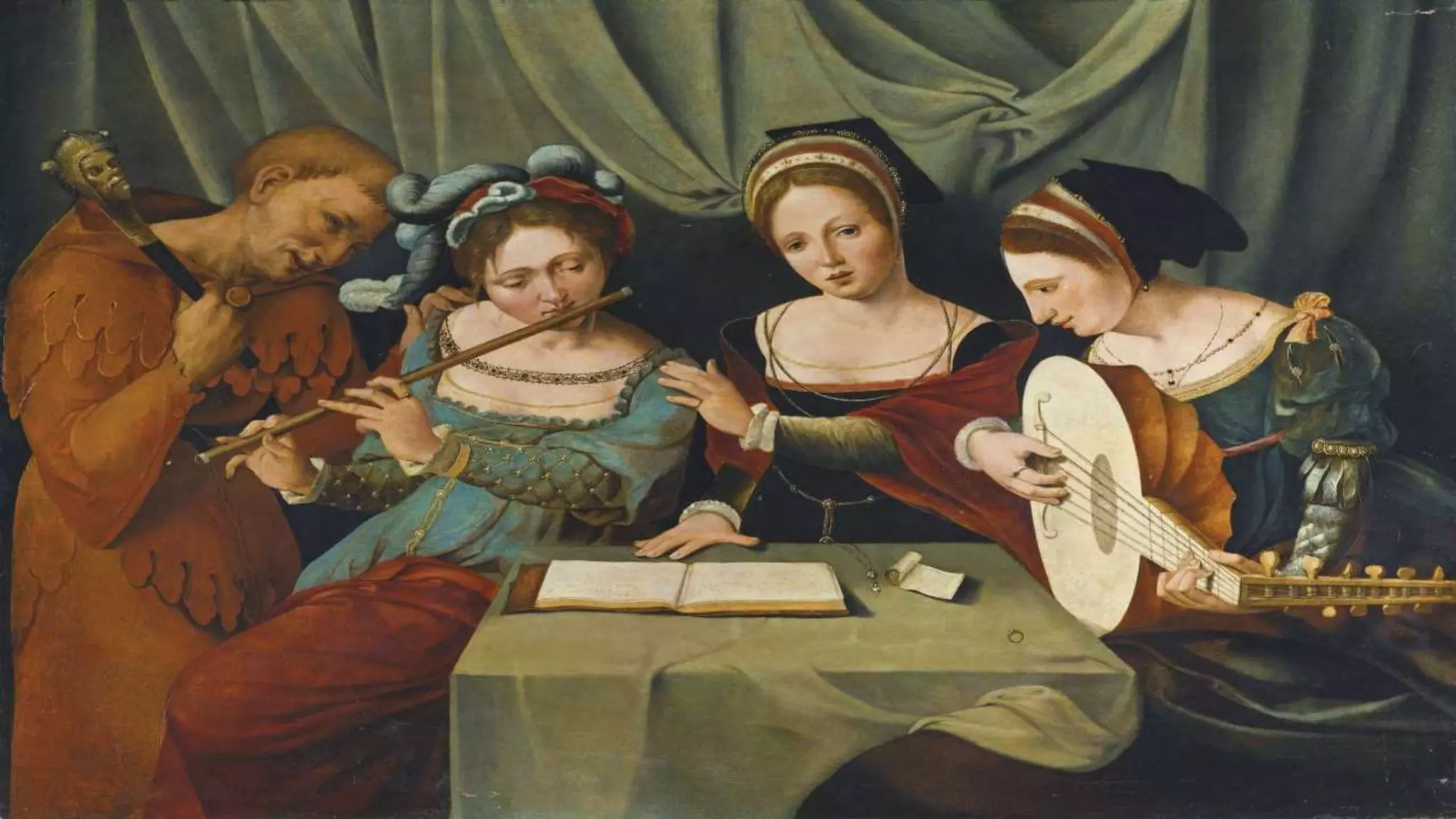

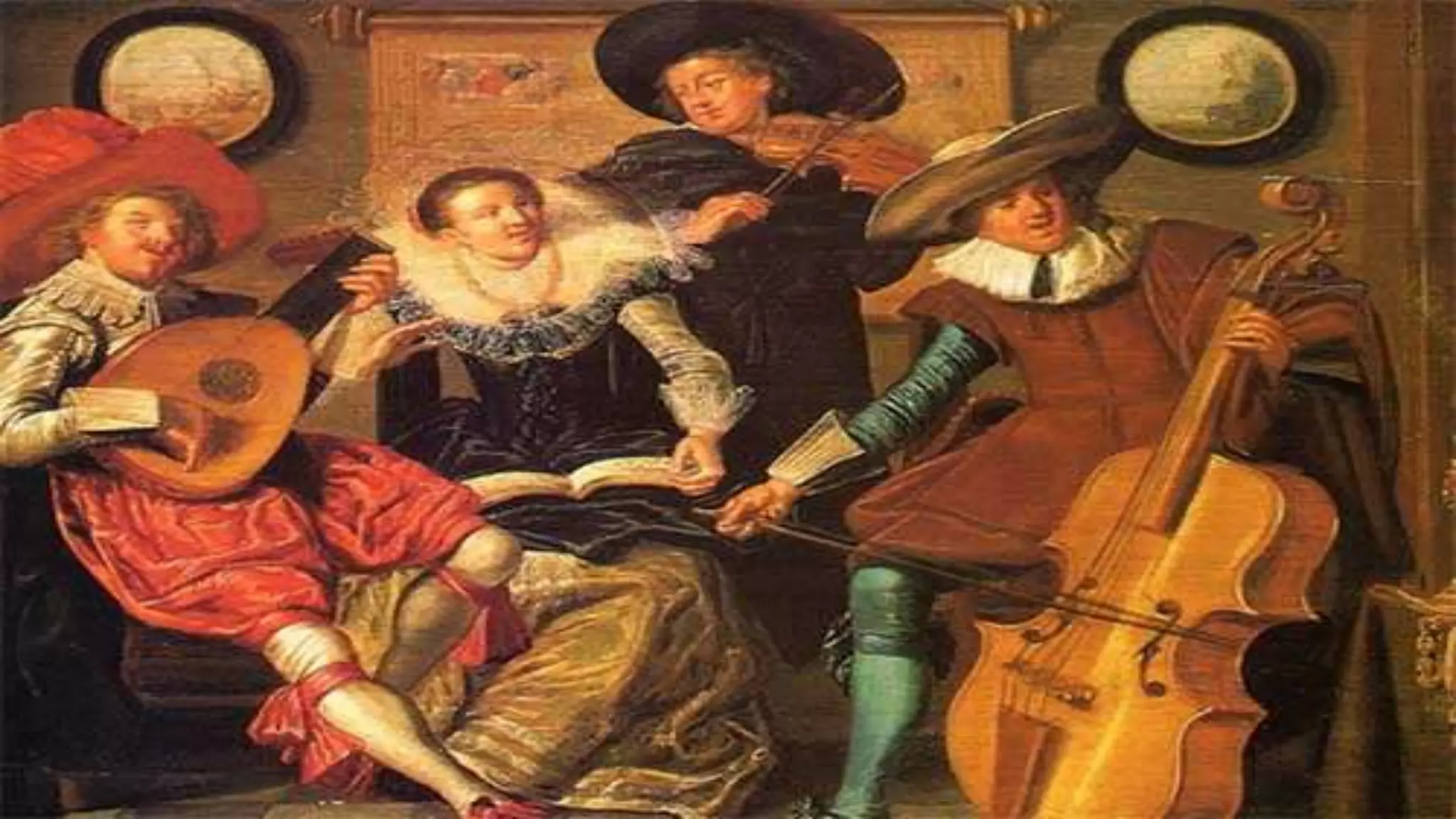
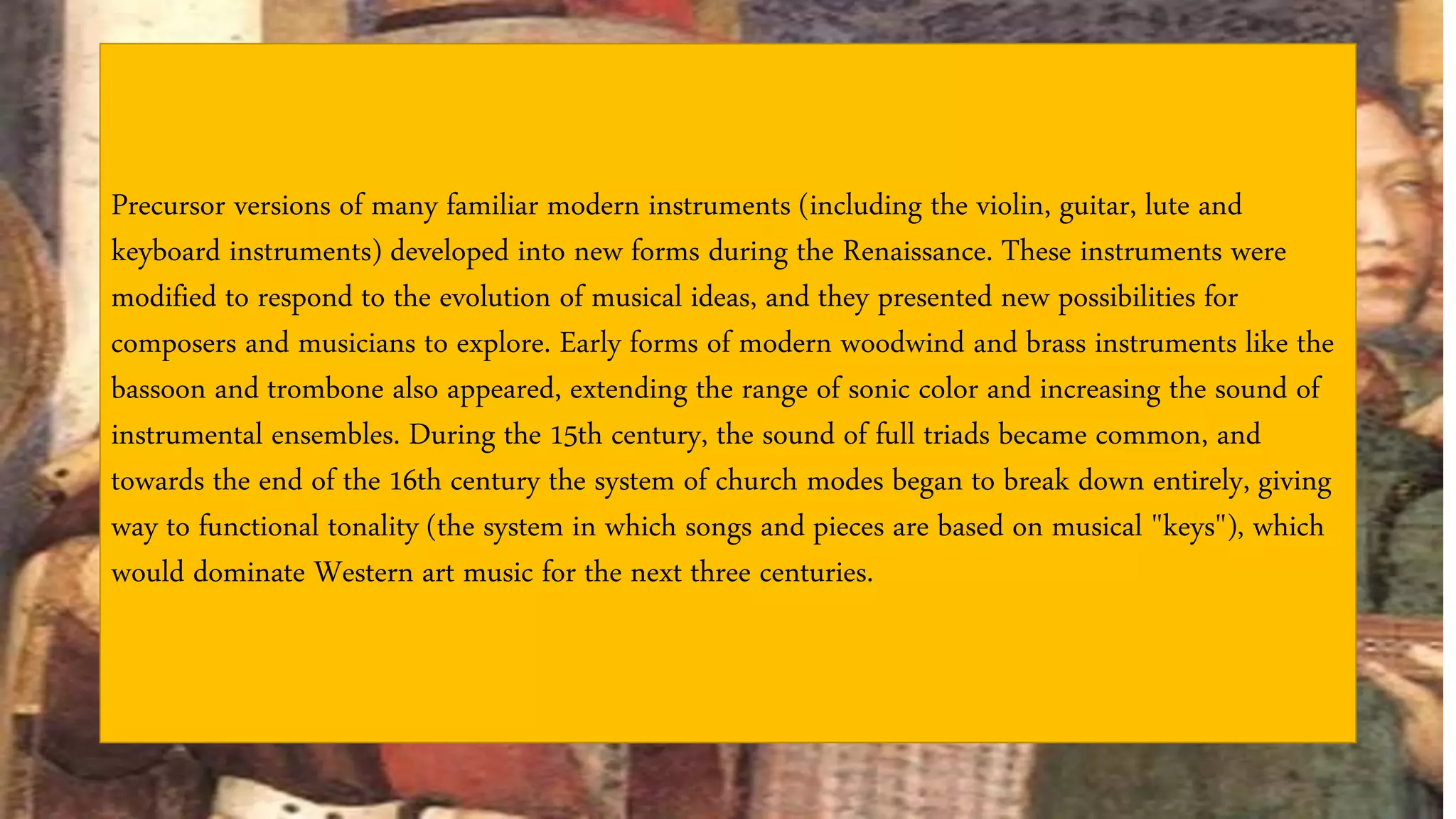










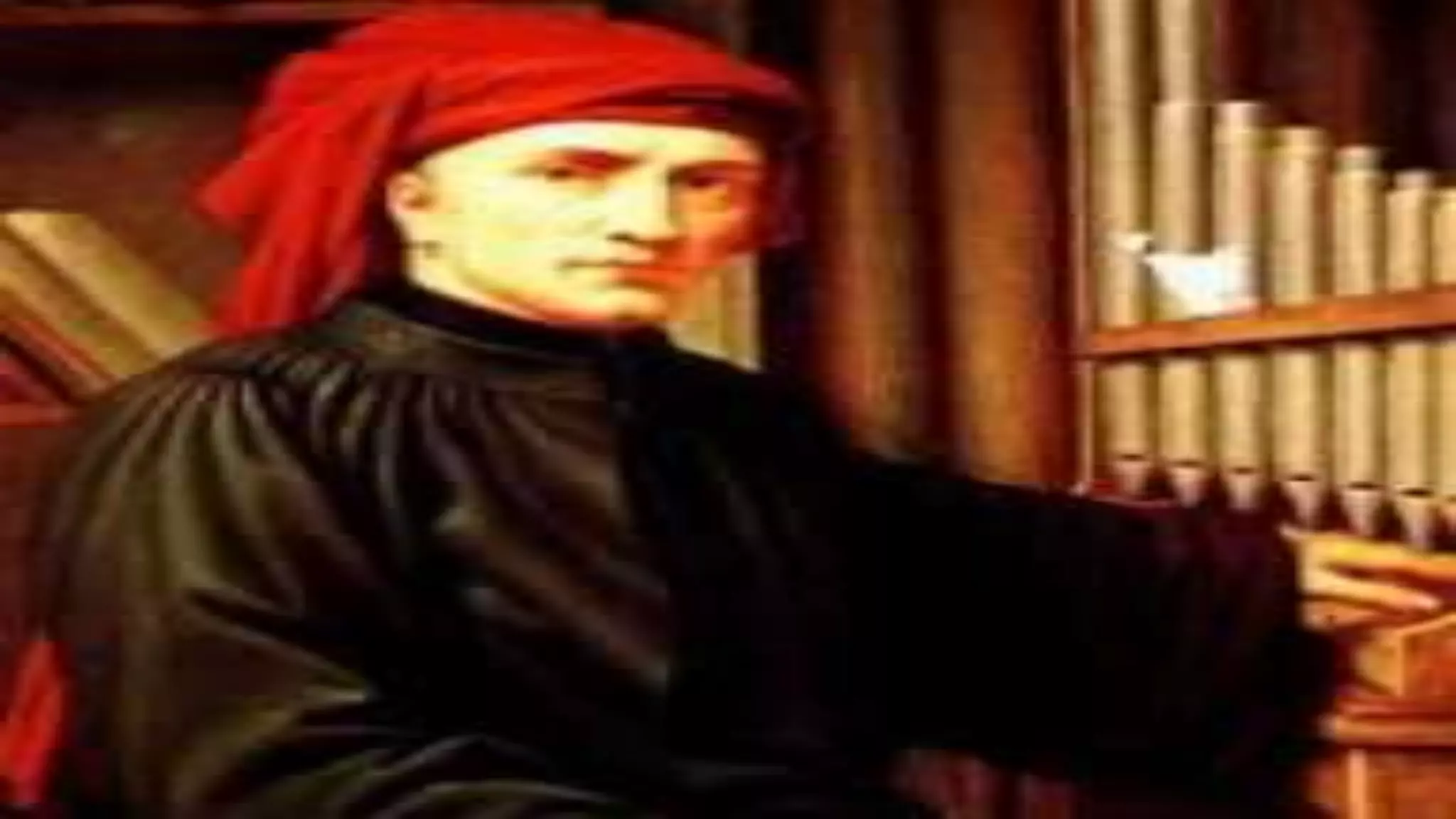


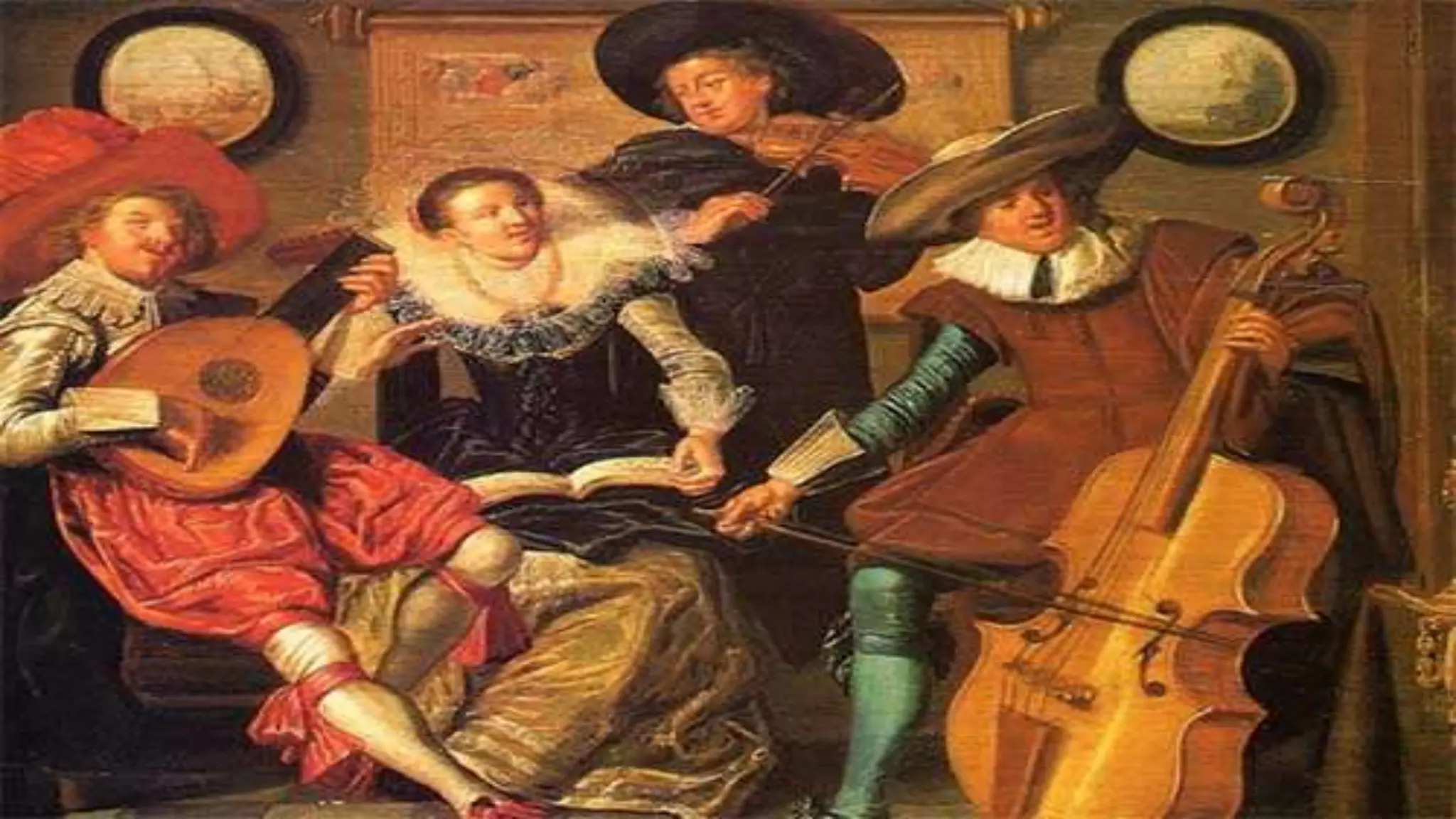

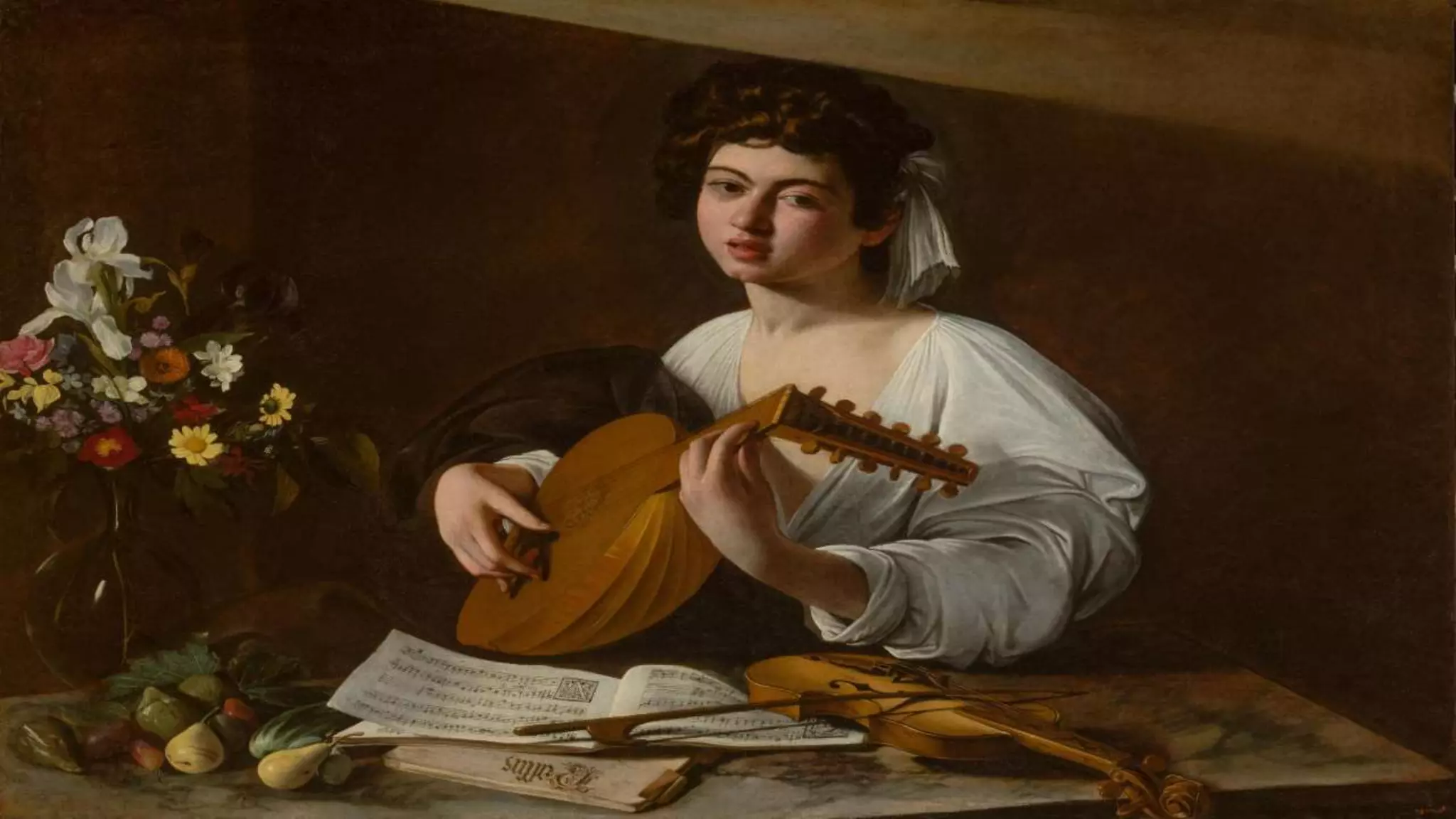
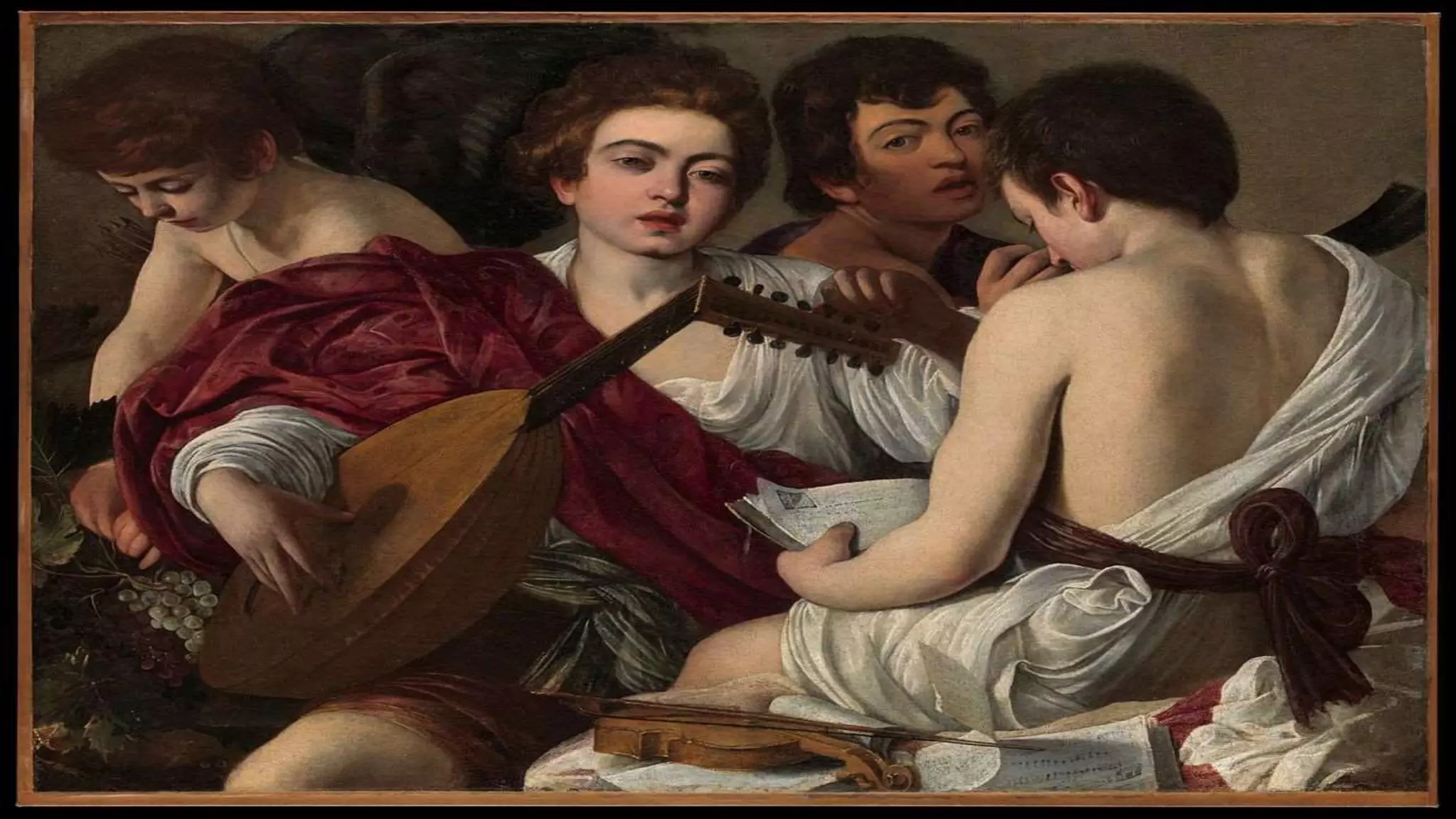
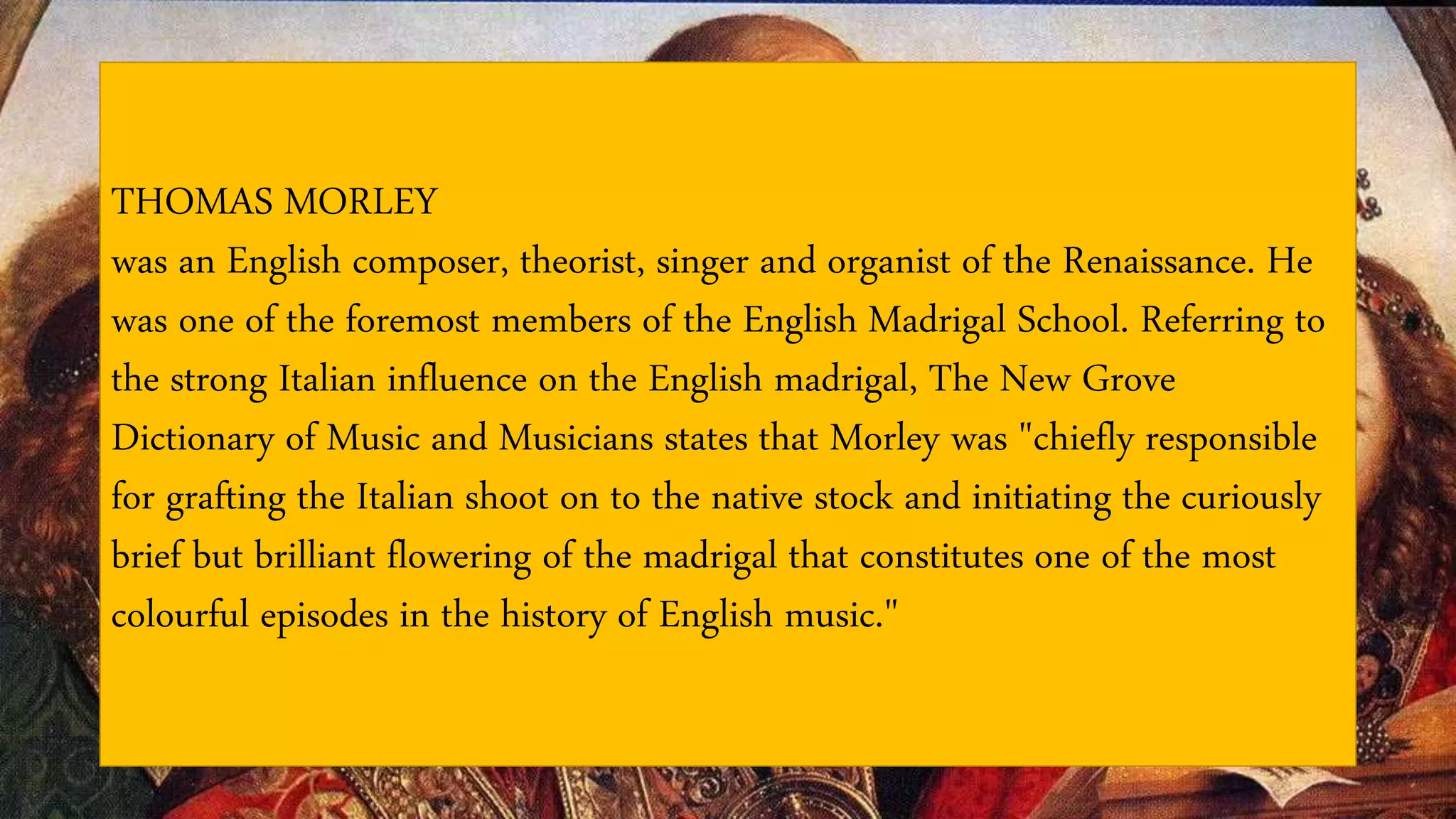

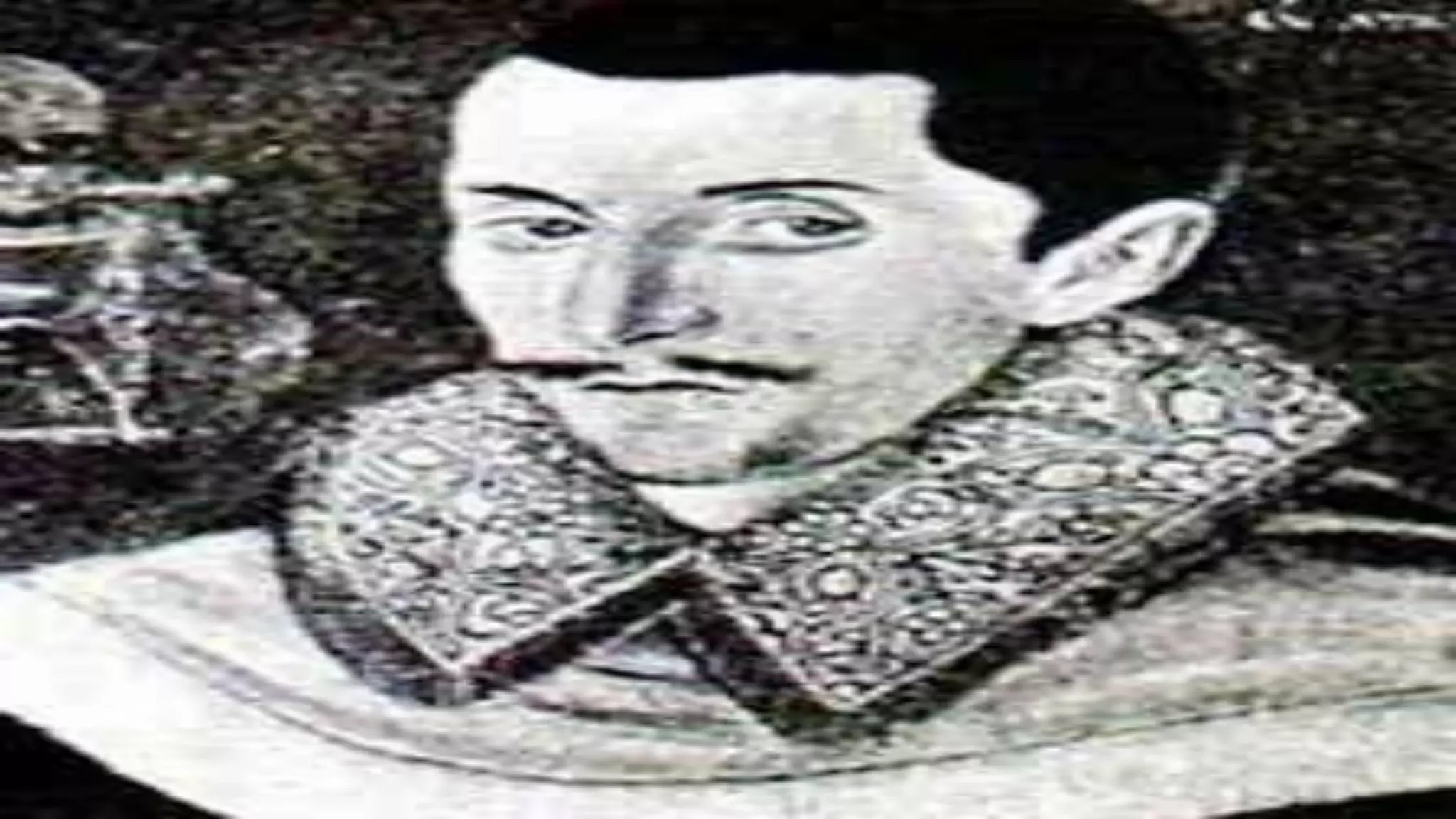
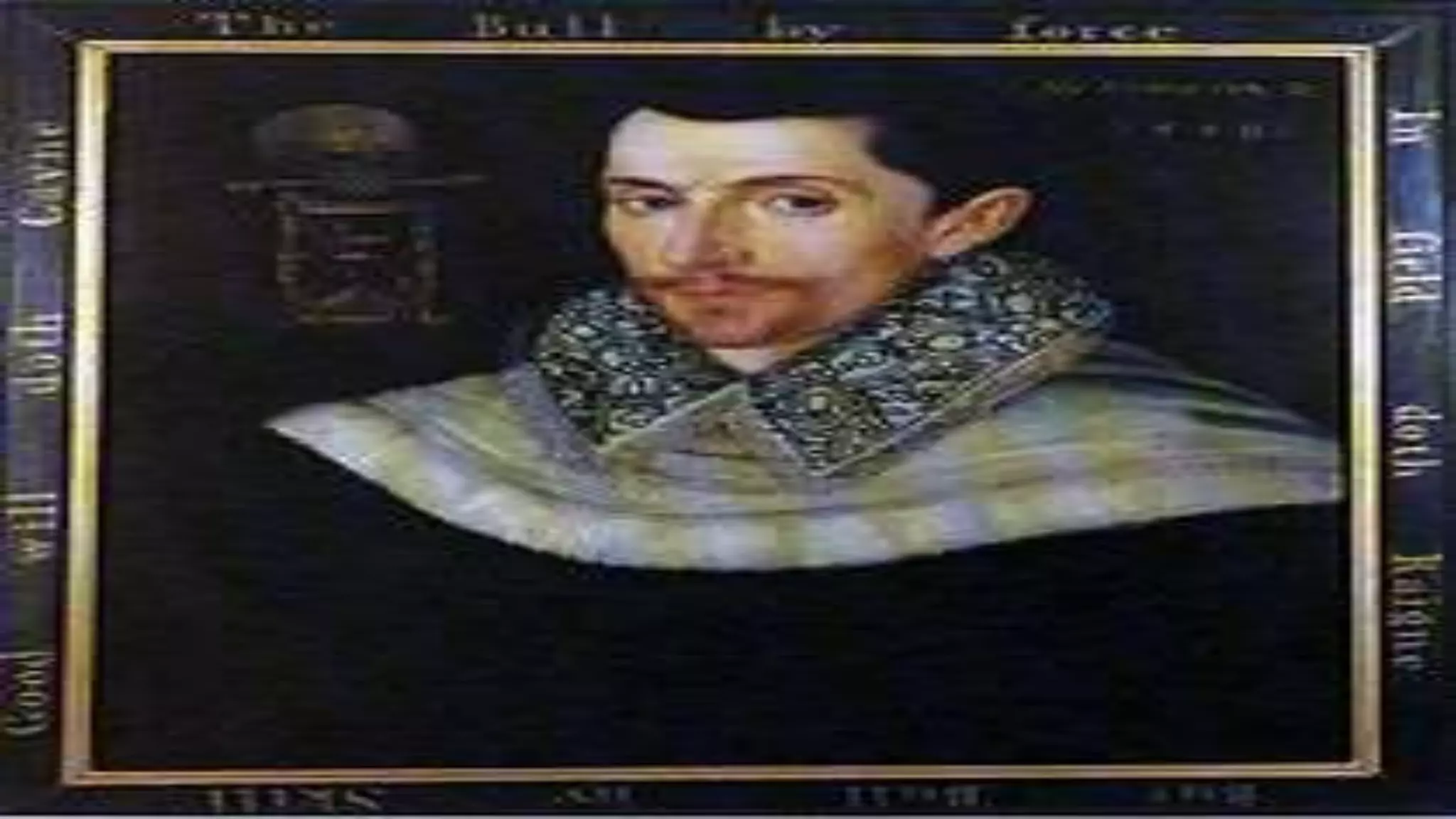


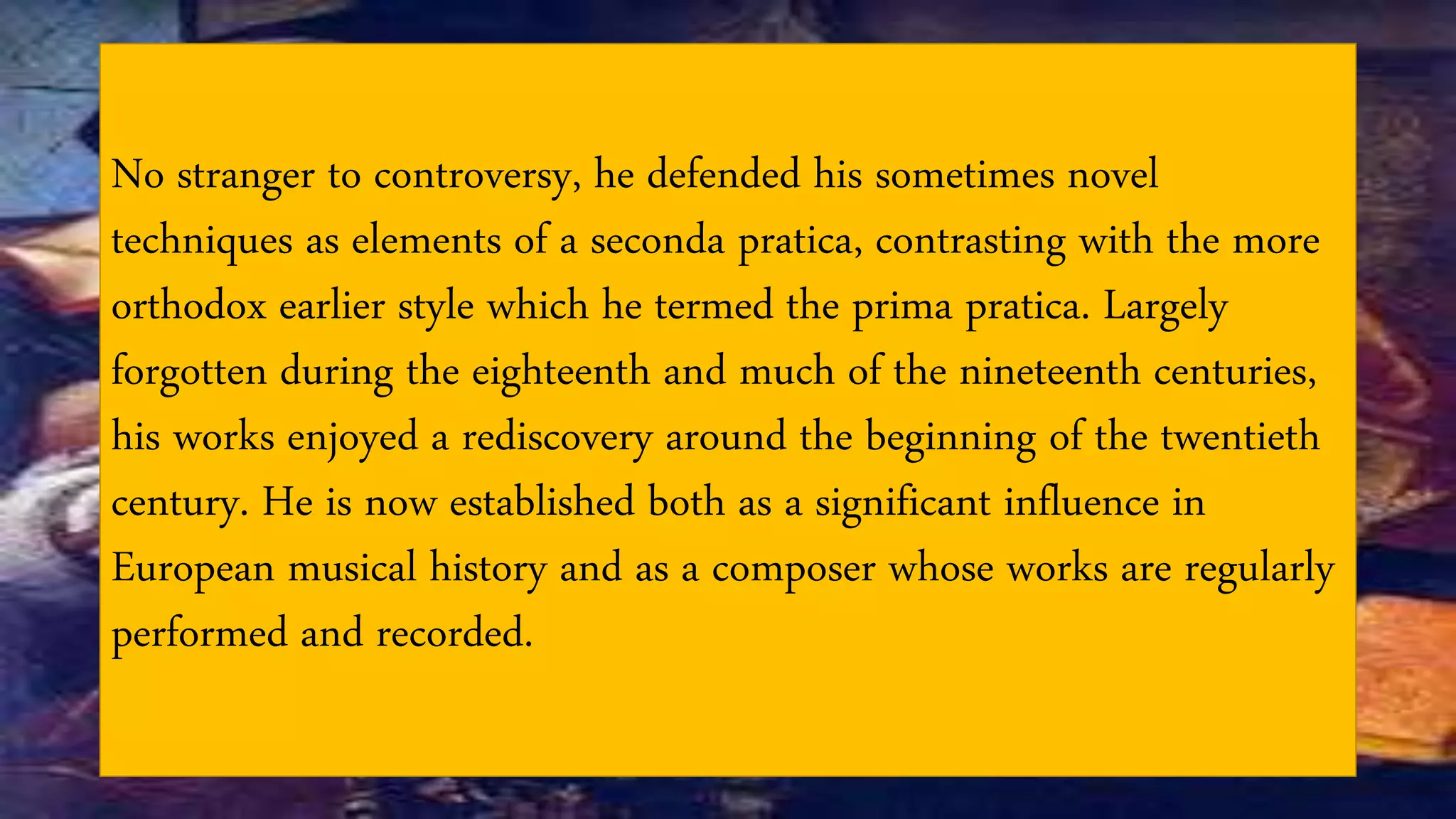

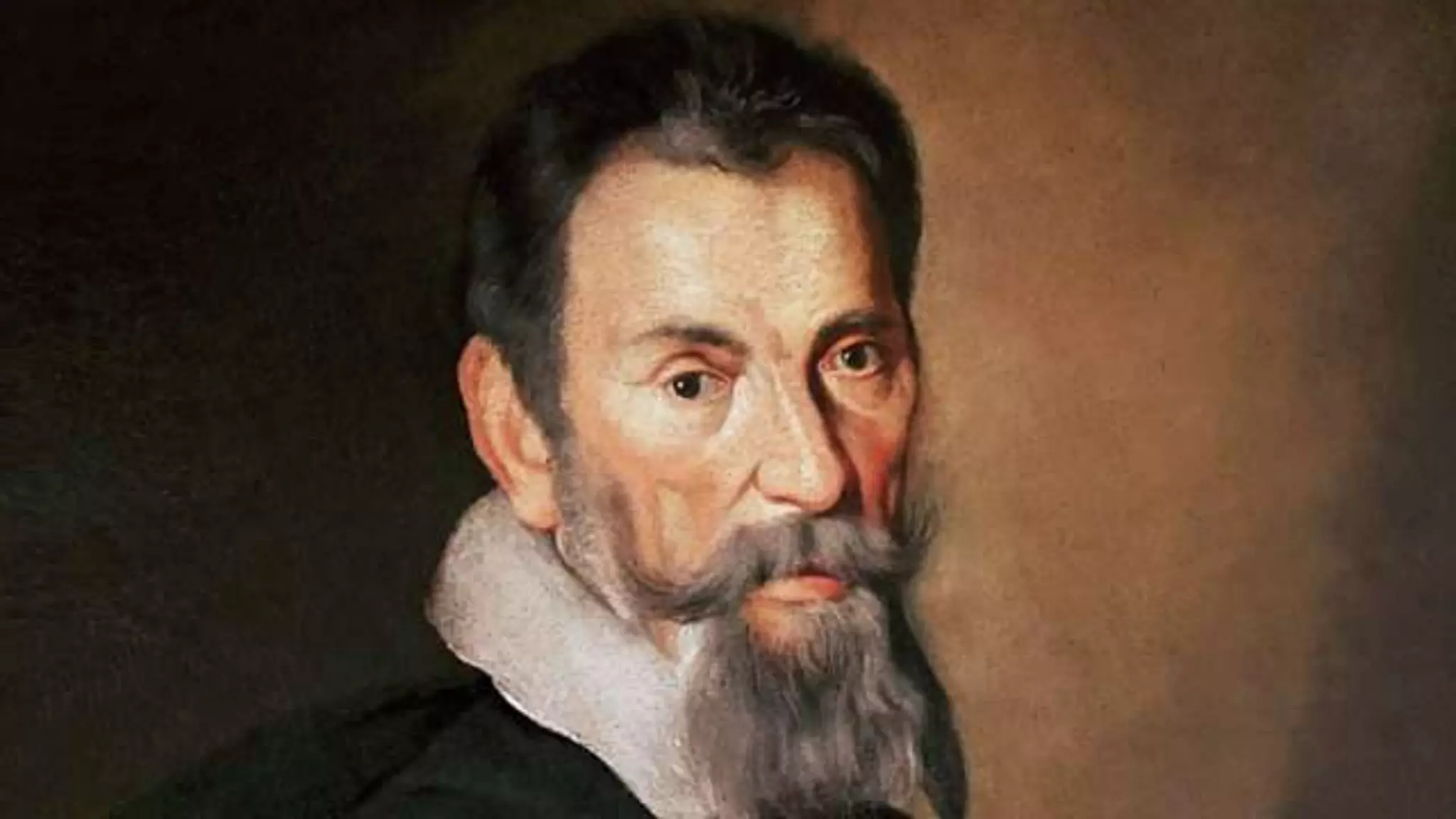


Renaissance music, spanning roughly from 1400 to 1600, marked a departure from medieval constraints, allowing for greater diversity in expression and the development of new instruments. The era saw the rise of various musical forms, such as the motet and madrigal, featuring both sacred and secular themes, with influential composers like Guillaume Dufay and Claudio Monteverdi shaping its evolution. Music became increasingly self-sufficient, with printed scores enabling widespread dissemination, while the transition towards functional tonality laid the groundwork for future Western art music.
































